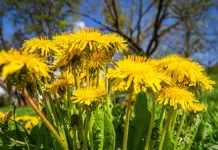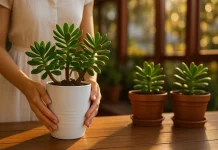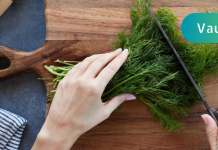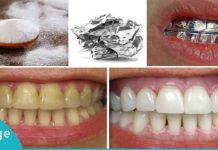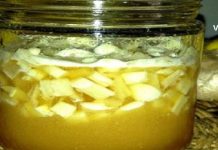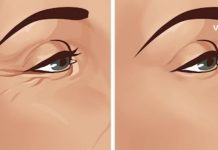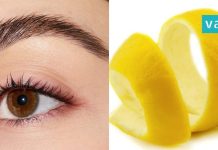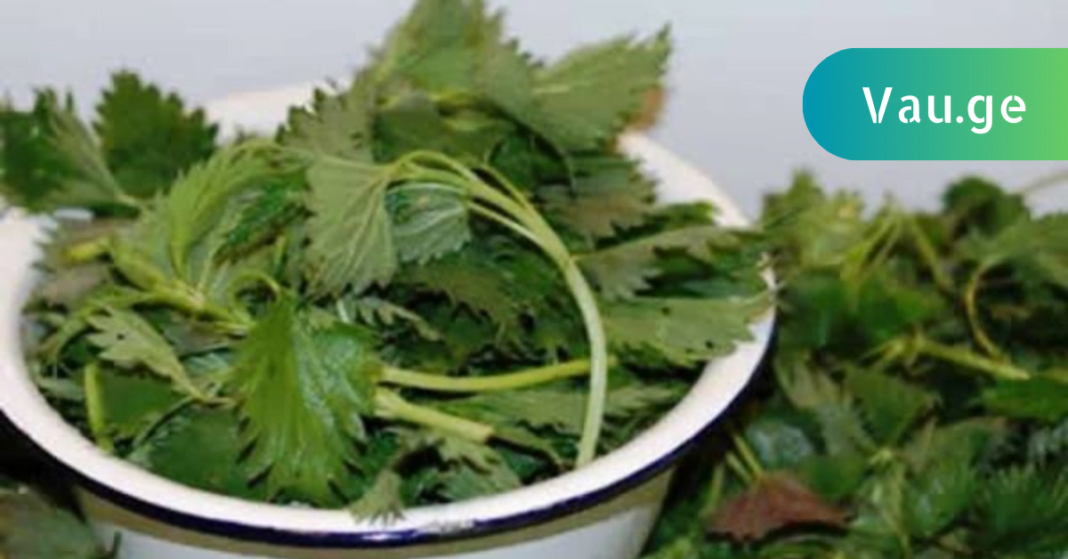I used to believe that only people who consumed excessive amounts of sweets developed diabetes. Like many others, I thought sugary foods were the primary cause. But everything changed when my mother-in-law was diagnosed with diabetes. That was when I first learned the real reason behind this condition: it’s not simply about eating sweets. In fact, diabetes is often caused by the pancreas failing to produce enough insulin, or by the body’s cells becoming resistant to insulin — the hormone that helps regulate blood sugar.
Glucose, as it turns out, is the body’s essential fuel. Insulin acts as the key that unlocks cells so that they can absorb glucose and convert it into energy. In the early stages of her diagnosis, my mother-in-law strictly followed her doctor’s instructions and took all prescribed medications. But as time went on, she became increasingly interested in herbal medicine and began using natural remedies alongside her pharmaceutical treatments.
One herb she always kept close at hand was nettle — a plant many of us ignore or even avoid because of its sting, never realizing how much healing power it holds. Now, with confidence, I can say that nettle is among the most beneficial medicinal plants available. Scientific studies have identified over 100 biologically active compounds in nettle leaves, confirming its high therapeutic value.
In traditional medicine, nettle is used to treat chronic conditions where the body’s immune response is weakened. It is particularly beneficial for people suffering from anemia or frequent bleeding, as it stimulates red blood cell and hemoglobin production. Nettle also has a positive impact on the liver, gallbladder, and digestive system in general. Some even use it during tuberculosis treatments. But what many don’t know is that nettle leaves can significantly reduce blood sugar levels.
Here’s the exact recipe my mother-in-law used:
- Place 100 grams of fresh nettle leaves into a thermos.
- Pour in 1 liter of boiling water.
- Let it steep overnight, then strain it in the morning.
- Drink 1/4 cup, three times a day, 20–30 minutes before meals.
Important: Do not continue this remedy for more than 10 to 14 days, as nettle increases blood clotting and may not be safe for prolonged use.
After completing a course with nettle, you can prepare similar infusions using the leaves of raspberry, wild strawberry, or black currant. Regardless of which remedy you use, it’s vital to regularly monitor your blood sugar levels.
For those seeking natural ways to lower blood sugar without relying solely on medication, here are a few more tried-and-true folk remedies:
1. Oats and Kefir Mixture
- Place 1 cup of oats in a 3-liter glass jar.
- Pour in just enough kefir (fermented milk drink) to cover the oats.
- Alternatively, you can use 1 cup of boiling water instead of kefir.
- Let it sit for 24 hours.
- Transfer to a pot and heat gently until it just begins to boil, then remove from heat.
- Cool, strain, and drink 1 cup twice daily — once in the morning on an empty stomach, and again in the evening before bed.
This treatment should be followed for 2 months.
2. Horseradish Juice and Kefir
- Mix 1 tablespoon of freshly grated horseradish juice into 1 cup of kefir.
- Drink half a cup in the morning and half a cup in the evening, before meals.
3. Herbal Blend Tea
Combine:
- 60 grams of wild strawberry leaves
- 40 grams of linden (lime tree) flowers
- 30 grams of calendula flowers
- 100 grams of blueberry leaves
- Take 1 tablespoon of the mixture, pour 1 cup of boiling water over it, and steep for a few minutes.
- Drink 1 cup, three times a day, after meals.
Again, keep checking your blood sugar levels regularly while using these remedies. And once your sugar levels stabilize, consult your doctor before continuing any herbal treatment. Only your healthcare provider can decide whether it’s appropriate to maintain or discontinue these natural infusions.
